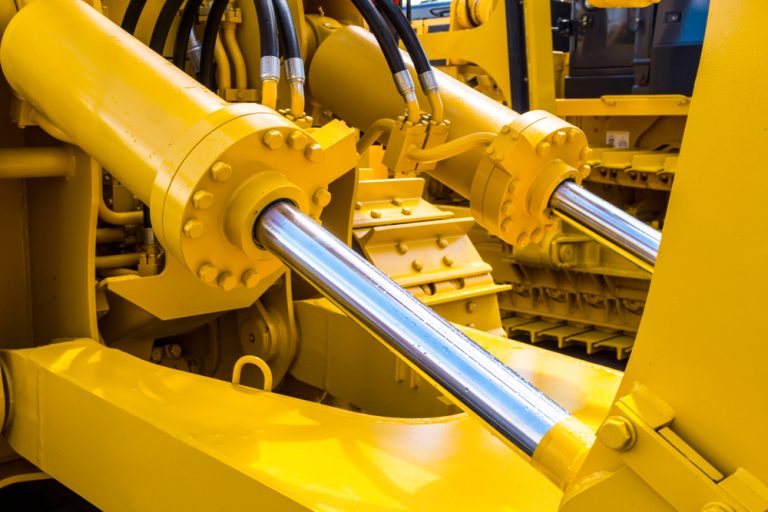EZ Coating surface treatment solutions outperform Teflon™ PTFE coating systems for O-ring coatings in several key areas.
In today’s blog, our experts answer frequently asked questions about hydraulic O-rings.
What substances are best for hydraulic O-rings?
Manufacturers can create O-rings for different purposes. As such, O-rings for hydraulic pistons are made of different materials versus food-grade O-rings simply because both O-rings must thrive in different environments.
Hydraulic O-rings are typically made of:
Nitrile, with a temperature range from -50 C to 120 C. Nitrile works well with petroleum and some hydraulic fluids. But these are not suitable for brake fluid and phosphate ester hydraulic fluid as well as halogenated hydrocarbons.
Ethylene-propylene rubber, having a range anywhere from -50 C to 135 C, is much more appropriate for hydraulic fluids. EPR works best with corrosive hydraulic fluids, brake fluid, and silicone oils. This substance offers good heat and compression resistance, and O-rings made of EPR are commonly used in the aerospace industry within hydraulic pumps.
Polyurethane, with a narrower operational range of -54 to 100 C, works well with hydraulic fittings, cylinders, and valves where compression and heat resistance are not factors. Polyurethane is good for abrasion and extrusion resistance.
What sizes do hydraulic O-rings come in?
Hydraulic O-rings come in many sizes. Cross-sectional diameters may range from 0.04 to 0.275 inch, while inside diameters may vary from 0.03 inch to 2.375 inches, depending on the application.
How can coatings for hydraulic O-rings help maintain my hydraulic systems?
Coatings for hydraulic O-rings improve abrasion and chemical resistance, often better than PTFE, to make your equipment last longer, require less maintenance, and withstand harsher conditions.
Coatings for O-rings supplement their capabilities by reducing wear in a wide range of conditions, including the depths of the ocean for petroleum rigs, low temperatures in the upper atmosphere or outer space, and low atmospheric pressure as airplanes rise in the sky. O-ring failures are not an option for hydraulic systems in extreme conditions because they can lead to catastrophic failures of equipment, injuries, and loss of life.
Why are hydraulic O-ring coatings important?
Preventing leakage is the number one reason why hydraulic O-ring coatings are necessary.
Hydraulic system leaks come from:
- Improper installation, causing 60 percent of leaks.
- Quality of components (including O-rings), causing 15 percent of leaks.
Up to 75 percent of leaks in hydraulic systems can be attributed to something wrong with the installation or quality of the component, which includes hydraulic O-rings.
Leaks in hydraulic systems can cost you 50 gallons of hydraulic fluid per year when losing one drop per minute, which roughly translates to $1,250. What about one drop every 10 seconds? That’s $7,500 a year at 300 gallons.
Your hydraulic systems need the correct fittings to prevent leaks, but they also need the right O-rings to supplement the fittings.
What company can supply me with the best O-ring coatings?
EZ Coating can deliver O-ring coatings that beat PTFE (Teflon) in several important factors.
Contact us for more information or if you need a test sample.

